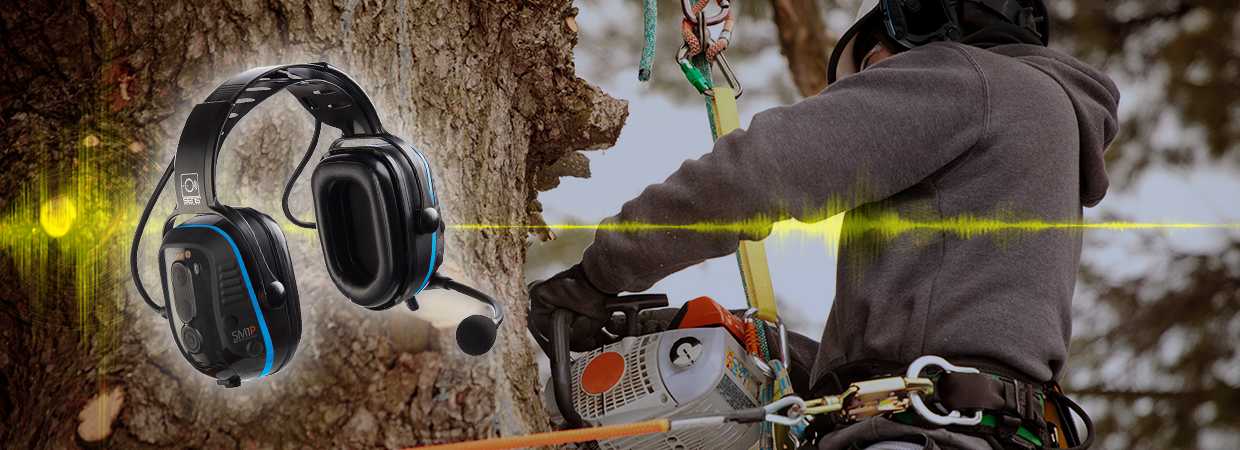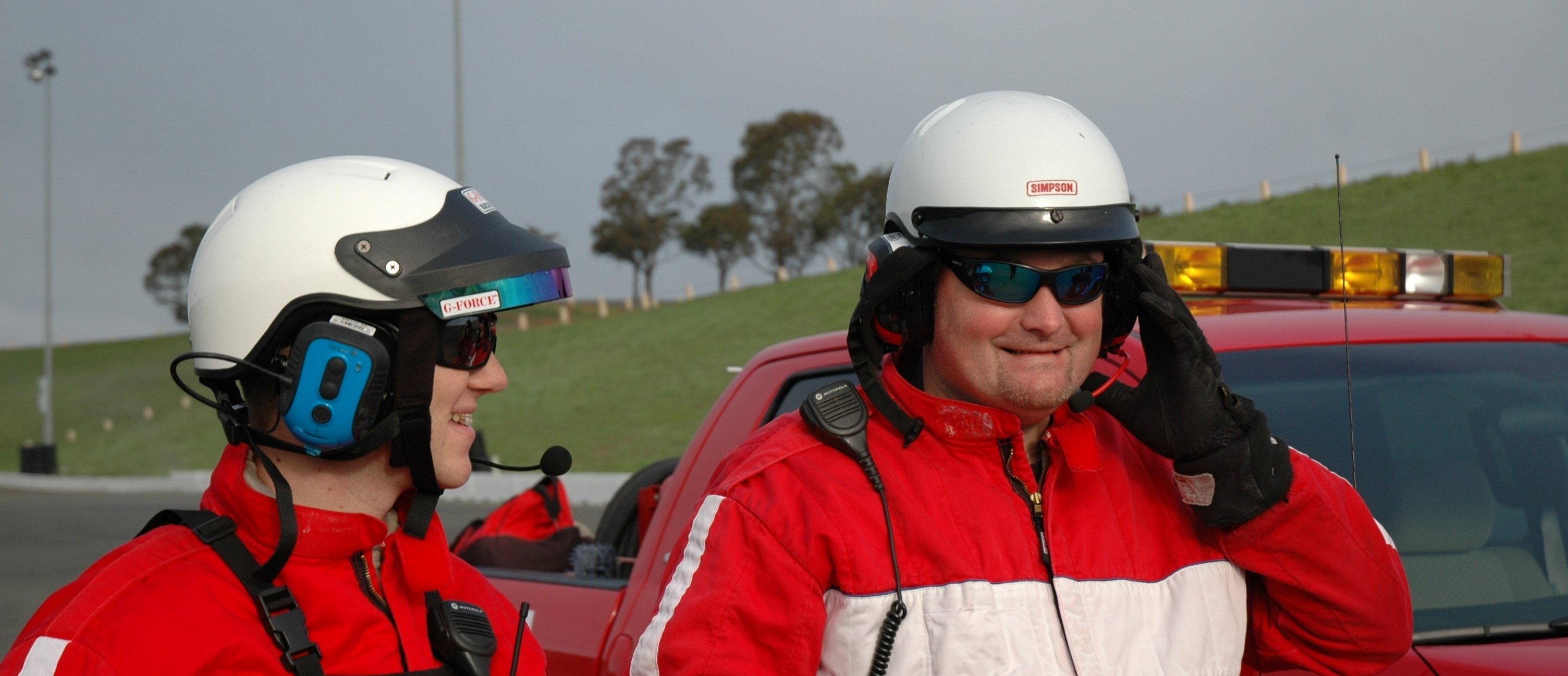- Home
- Blog
- Noise-Induced Hearing Loss
- Protecting the Hearing-Impaired Worker in Noisy Environments

Protecting the Hearing-Impaired Worker in Noisy Environments
Workplace hearing protection programs typically focus on individuals with normal hearing. But what about workers who already suffer from some level of hearing loss? Even in quiet environments, workers with hearing loss face a number of challenges, including difficulty communicating with colleagues and problems with differentiating important sounds from background noises.
In noisy industrial environments, hearing protection programs don’t always address the special needs of hearing-impaired workers. As recent research has uncovered, most audiology testing occurs in quiet environments and doesn’t take into account how hearing-impaired individuals may function in noisier settings. Occupational Safety and Health Administration (OSHA) rules mandate protection of remaining hearing ability in hearing-impaired workers, and even workers diagnosed with deafness may have some residual hearing that requires protection. To ensure that your hearing-impaired employees are fully protected in the workplace, it’s important to understand the special challenges such workers face along with testing guidelines. Appropriate protection for hearing-impaired workers is critical.
Special Challenges for the Hearing-Impaired
The background noise actually changes the way hearing-impaired individuals’ ears function, Purdue University researchers found in 2012. Noise makes neurons in the inner ear work harder to transmit messages to the brain, the researchers discovered. For hearing-impaired workers, even environments with normal noise levels can pose challenges — such as understanding co-workers’ instructions or identifying the source of a sound above the constant din of office equipment. In a noisy industrial workplace, standard hearing protection measures may pose additional problems because they lower speech volume below the threshold at which a hearing-impaired individual can understand it. Further complicating matters, hearing-impaired individuals who normally wear hearing aids often wish to continue wearing them in high-noise workplaces.
With hearing aids, workers feel that communication with co-workers is better and that they’re better able to hear the sounds of warnings or equipment. However, hearing aids can also magnify background noise, causing total noise levels to exceed the OSHA limit of 90dB(A). OSHA advises that in workplaces with potentially hazardous noise levels, hearing-impaired individuals should not wear their hearing aids without additional hearing protection.
In some cases, hearing aids can be worn under protective earmuffs; a hearing conservation professional should evaluate each case individually. In some cases, hearing-impaired workers may ask to turn off their hearing aids but continue wearing them instead of using hearing protective devices. Understand that hearing aids are not the same as hearing protection and will not sufficiently block high noise levels. Employees with diminished hearing capacity may not simply turn off hearing aids and satisfy noise-protection requirements, OSHA notes.
Determining if a Worker Has a Hearing Impairment
You may have workers in your company who are suffering from undiagnosed hearing impairment. For those who do have hearing loss, it’s important to understand the level of impairment. To accurately test hearing in high-noise environments, hearing-impaired workers must remove hearing aids and undergo testing using OSHA-mandated procedures and headphones. To obtain a valid test on a hearing-impaired individual and those with other hearing-related problems — such as ringing in the ears — it may be necessary to switch from automatic testing methods to manual methods, according to OSHA. Some hearing-impaired individuals may need further testing off-site if typical on-site tests don’t produce valid results.
Appropriate Hearing Protection Is Critical
In some companies, hearing protection is selected based solely on the highest rating for noise reduction. For hearing-impaired workers, such a choice can have unintended consequences. Employees suffering from hearing loss have trouble differentiating speech in noisy environments; hearing protectors, meanwhile, decrease the level of all sounds.
In an environment with potentially harmful levels of noise, a hearing-impaired worker may remove hearing protection to be able to understand speech and other sounds they need to discern. So hearing protection that provides too much blocking of noise in the environment can have a dangerous result: encouraging hearing-impaired workers to remove the source of protection.
OSHA offers some alternative types of protection that may work best for hearing-impaired workers:
- Earmuffs with wired or wireless communication functionality limit incoming sounds and don’t create sound levels that can be hazardous for hearing-impaired workers. In environments with extremely high levels of noise, workers may wear dual protection — such as earplugs underneath earmuffs — that includes wireless communication capability.
- Passive hearing protection is a mechanical method for filtering sounds; when fitted properly, passive hearing protectors can allow users to hear adequately while providing sufficient protection. This method may work best for workers who have lost high-frequency hearing.
- Active hearing protectors amplify incoming sounds to a predetermined level. During quieter periods below the threshold, active hearing protectors do not need to be removed to hear sounds in the environment.
Ensuring Workers’ Comfort and Safety
You can buy the best available protection for your hearing-impaired workers, but they won’t wear it if it’s uncomfortable. How can you ensure that protective devices meet safety standards while also providing a comfortable fit?
Overall safety and effectiveness of hearing protection decrease significantly when it’s removed even for a short period, OSHA notes, yet many hearing-impaired workers strongly prefer certain types of protection because of fit, comfort, and specific communication challenges. In the end, the best hearing protector is one that your employee will wear at all times.
OSHA advises that employers provide workers with at least one choice of an earplug-type protector and one headset or earmuff type. By conducting fit-testing in your workplace, you can determine the type of protector that will work best and provide the most protection in given situations for individual employees.
Unique Challenges Call for Unique Hearing Protection
For hearing-impaired individuals, daily life presents special challenges. In a high-noise environment, typical protective devices may not work as effectively as they do for other employees — and the wrong type may even cause more harm than good. As mentioned in a previous blog post regarding the combined effects of vibration and high noise, the ideal hearing protection solution varies due to the environment encountered by the user. At Sensear, we strive to create unique solutions to protect hearing while allowing workers to communicate and maintain situational awareness using our patented SENS® Technology.
Watch the above video of our Smart Muffs helping a municipal city worker hear in a 92 dB(A) utility vehicle while wearing his hearing aid. If you'd like to learn more about how Sensear’s Smart Muffs and smartPlug™ can benefit your hearing-impaired team members, contact one of our representatives today.






